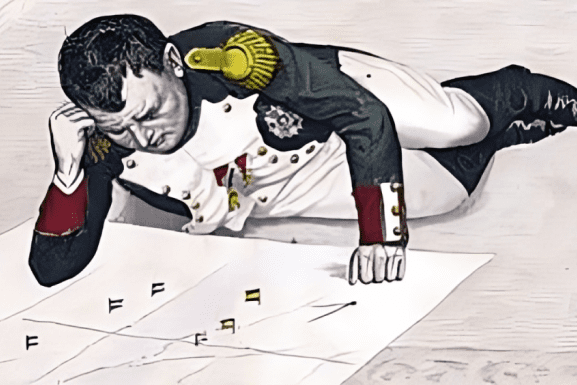blog | 4min Read
Published on April 11, 2024
Introduction to Passion Projects: A Four-Step Guide
- Post author By tbrg
- Post date April 11, 2024
- No Comments on Introduction to Passion Projects: A Four-Step Guide


College Admissions are competitive. The Ivy League is even moreeee competitive!
Question is,
How do you stand out?
Grades?
Captaining the debate team?
Playing football?
Trust me there will be thousands of people who will be doing these things and more. Just think how many schools exist in the world and probably each school will have a debate team and each debate team will have its captain and that gives you a couple of million debate team captains. Whew!
That is a lot.
I have another idea.
Something that is interesting and will definitely help you stand out.
Passion Projects!
NOTE!
Passion projects are not just hobbies. Rather, it needs to be strategically chosen and should be focused.
Your passion project should reflect:
1. Your Skills
2. Your Ambitions
3. Your Unique Interests
Today, in 4 steps, I will be telling you the best way to develop a meaningful and impactful passion project.
Key word: IMPACT!
Step 1: Strategise


This is the first and probably the most crucial.
It might feel tedious but trust me you will save yourself years if you do this step properly.
Take a breath, eat a sandwich, eat two and think about what you want to show. About yourself that is (duh).
A lot of people jump straight in.
They get up in the morning and even before they brush, they think: oh yeah let me create a passion project on, I don’t know, stamps.
Funny thing is: They might not have ever seen a stamp!
Point is, you need to carefully think about the project and ask why?
Ask yourself. Why? Why? Why and one more time, Why?
Pro Tip: Think about your academic interest. Think what you are interested in personally. And use what I (and a lot of other people) call: SPV (Strength, Personality, Values).
This will help you:
A. Alight project to your overall profile, so that it makes sense.
B. Make sure it complements your goals (academic and personal).
Tldr; it needs to have a well throughout theme which makes sense in relation to YOU!
Step 2: Brainstorm


Okay, now your strategy is done.
Move on to brainstorming.
Creativity, creativity, creativity.
What are you passionate about?
How can you turn that into a project that will showcase your skills, interests and ambitions?
1. Media / Creative: Start a blog, youtube channel or podcast.
2. Research: You can start off by interning with a professor. Learn everything about research and then you can start working on your project.
3. Service Based Project: Create a community project or a startup.
How does this help?
This shows leadership, initiative and a commitment to making a positive impact in your community.
Step 3: Execute


Now, it’s all about bringing your idea to life.
This is all practical:
Building a website
Starting a social media campaign.
Reaching out to potential mentors or collaborators
Put your plan into action!
Remember: Starting is just the first step
Maintaining momentum is key.
Regular updates, continuous engagement and steady growth.
These are key to transforming a simple project into a compelling story.
This is the story that will convince your college admission officer.
Step 4: Scale


Now that you are executing, next step is to scale.
Scaling is not only just making it bigger but it is also about impact.
Partner with other organisations.
Expand your project’s reach.
Find Innovative ways to increase its influence.
Scaling is also about going deeper. It’s also about refining your idea. Hone your skills and the most important aspect: solidifying your project’s place within your personal and academic narrative.
You can consider seeking external validation here. Testimonials, media mentions and awards!
This helps to make the project even more real. Think of it as an external audit.
Again, why should you do passion projects?
Passion projects are powerful.
In filmmaking there is a saying, show don’t tell.
Passion projects help you show your interests, skills and commitment to personal growth.
By following this framework, you can create a project that not only boosts your college applications but also provides a fulfilling and rich personal experience.
Key thing to remember:
The best passion projects are those that groove well with your personal interests and goals.
They should be something you are genuinely interested about.
It should be something you are committed to.
Your passion project should not feel as if it has been developed to get to your dream college. Your objective should be to learn and everything else will fall into place.
Stay focused, stay patient and remain passionate.
Trust me, the process will truly change you.
Good Luck and see you next time!
Best,
Aanya Janan

























